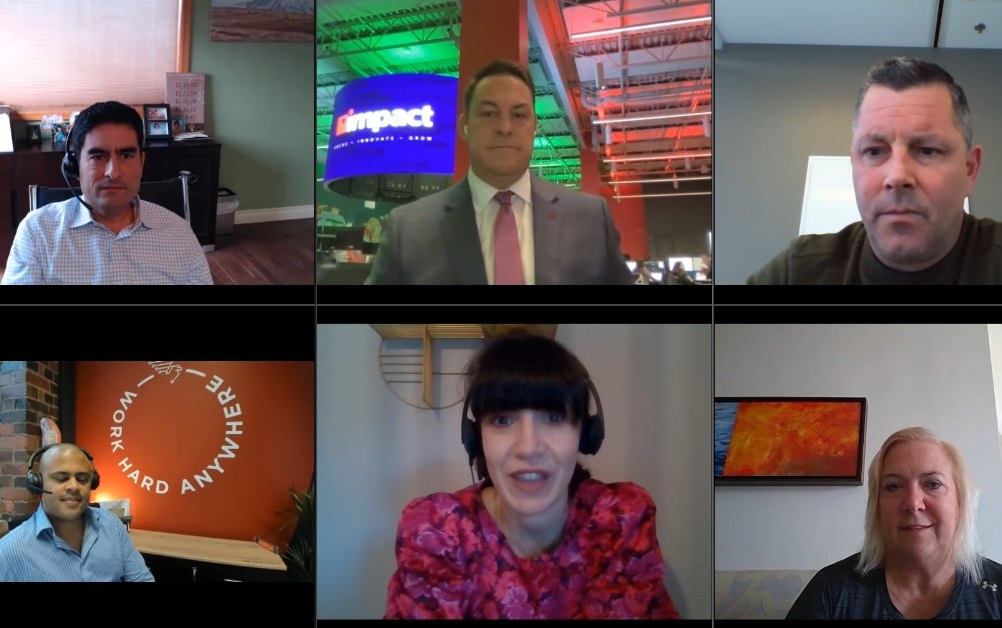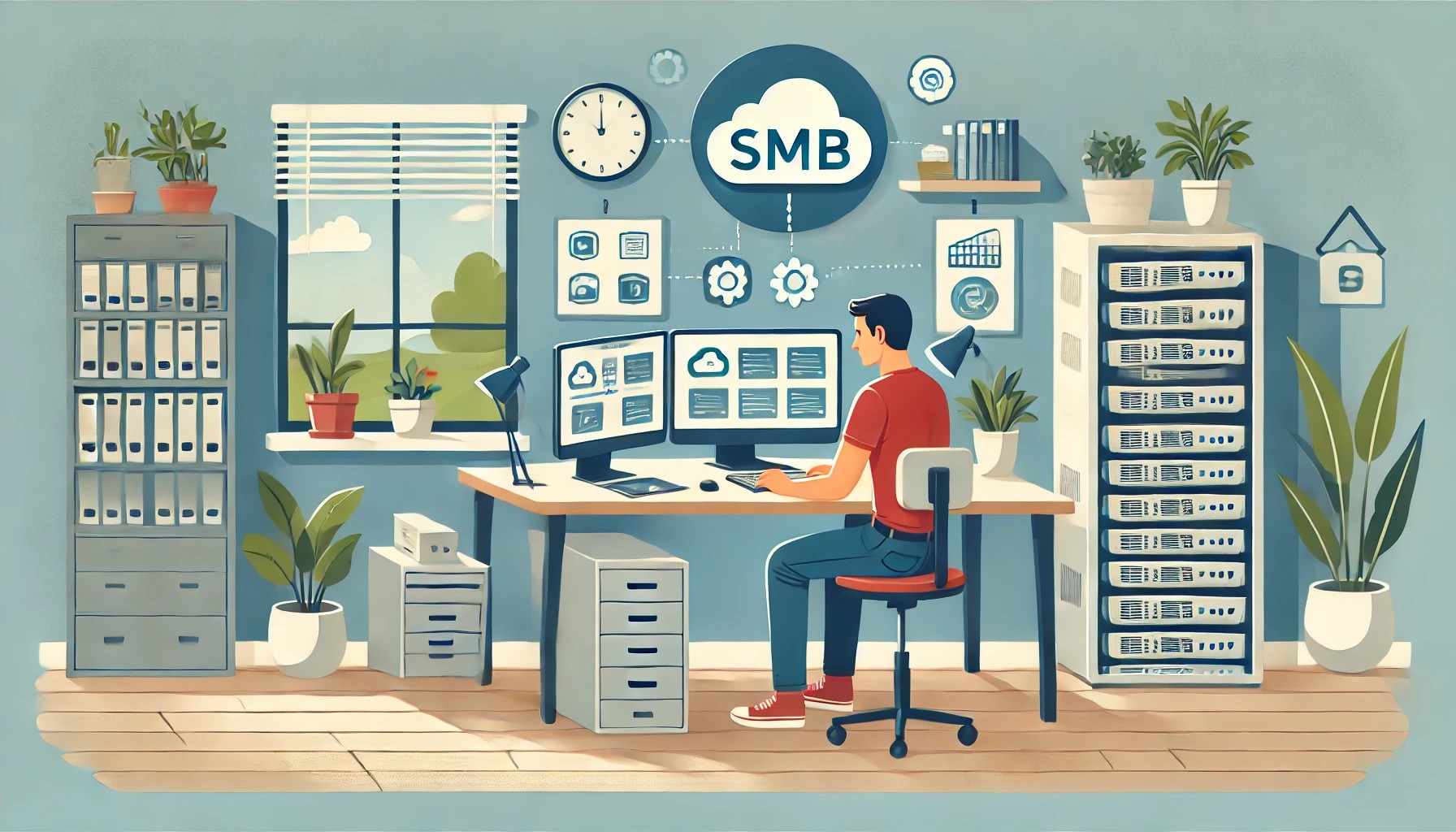The following article is based on a recent panel discussion of N-able partners that reviewed MSPs’ 2021 experience and set the stage for 2022 goals.
Over the last two years of the pandemic, MSPs have used their talent, services, and technology solutions to enable organizations of all sizes to stay connected and, quite frankly, stay in business. Fast-forward to the present and the focus of the MSP community is on Recovery 2.0—working with partners to move customers further along in their digital transformation journey by providing the tools needed to make the hybrid environment a more secure, smoothly functioning operation.
During the pandemic, “companies advanced a decade in remote capability,” said Lee Robinson, co-founder and director of Birmingham, England-based Meta Eagle. Robinson noted his customers fell into two basic categories: “Those who already had sufficient laptops and had leveraged Office 365 and could easily make the switch to home-based work, and those who were not ready for the switch and needed help jump-starting remote offices.”
It was a shared experience for many MSPs and one that would put them at the front of the line when it came to essential services for businesses across the globe. “Seemingly overnight our office switched to a collaboration hub model, to enable both on-site and remote work,” explained Robinson. “We’re finding our customers are now working that way as well, and it promotes work-life balance for all.”
Hybrid: The New Norm and Here to Stay
During 2022, MSPs have a great opportunity to grow their business and their customers’ business by helping them operationalize hybrid computing—moving beyond the recent reactive mode to developing a systematic strategy for growth based on the hybrid model.
A common thread during the panel discussion was that the hybrid work environment is not going away. “While working remotely part-time loses the ‘soft’ side of seeing your fellow workers in person every day, it syncs with the trend toward more work-life balance,” says Jason Manteiga, vice president of Olmec Systems, based in Denville, N.J.
Manteiga also believes continuing to manage employees in a remote or hybrid environment will be as easy as your collection of data, or ticket stats. “We want to give people that flexibility to work from anywhere and because we have the right technology in play to do it, it’s not a big challenge.”
Don’t Forget the Cloud
Navigating more migration to the cloud and helping companies make strategic sense of the many as-a-service applications is going to be front and center for MSPs to add more value and further support remote/hybrid work in 2022. The timing is right. “People are more educated about the cloud and have more of an open mind,” said Patrick Layton, vice president of managed IT services for Impact Networking, in Lake Forest, Ill. A “cloud-first company,” Impact always drives cloud adoption for its customers, Layton said, noting that more business conversations are now happening regarding the cloud. MSPs can take this to heart and see the cloud as more than a technical play and think about how to have these strategic cloud conversations first to build their business.
Manteiga agreed. “We started moving to the cloud with Hurricanes Irene and Sandy. We’re big believers in using what we sell our clients. At this point we know the cloud intimately and can speak to it very effectively with our clients.”
This pivot to thinking more about the cloud and as-a-service does mean an “internal sales shift and understanding your margins,” said Lisa Niekamp-Urwin, president and CEO of Tomorrow’s Technology Today, based in St. Henry, Ohio. Her company has successfully gotten customers to use Azure and Azure Virtual Desktop, freeing them from VPN licenses.
Security Is Everyone’s Problem
MSP panelists agreed that remote work and the pandemic have put more of a spotlight on the need to improve security. However, it is not a slam dunk by any means to get all customers on board with a more robust program.
In fact, Impact Networking now offers managed security as a separate offering. “It is still a year or two before managed security is an automatic part of managed services,” said Layton.
Robinson observed similar trendlines: “Everyone has to be on the internet now so there is much more concern about improving security. I get a lot more clients asking technical questions about security vulnerabilities. They’re beginning to understand security issues are filtering down to everyone.”
In selling more security services, MSPs face a number of challenges, notably the difference between operational IT and the skills needed to implement an effective security threat defense. If a customer’s basic IT infrastructure is not up to par, adding managed security will only lead to costly remediation, said Layton. For managed security to work, the customer, the MSP, and any provider to the MSP must all have their security operations at optimum level.
Still, everyone isn’t listening, said Niekamp-Urwin. “I do a lot of education selling to get customers to understand it [cyberattacks] happens to everybody.”
Education will be one of the themes continuing in 2022 as MSPs are saying security is everyone’s problem, not just the IT geeks in the basement. “Education has become the standard for us in managed services,” said Manteiga. He noted that more targeted phishing down to the individual level is a key trend. It points to the need for general security education across the entire workforce.
Offering more value like managed security services takes personnel and MSPs are dealing with the skills shortage like everyone else. Networking with local schools is helping Tomorrow’s Technology Today find future employees in rural Ohio where skilled tech workers are not plentiful. Niekamp-Urwin also uses automation services from N-able to keep operations running smoothly. She and Layton both emphasize employee retention is a priority. “Training up,” offering employees a clear promotional path, is the key to your future, said Layton.
Moving Forward Together
There are plenty of opportunities for MSPs to earn new business in 2022—net new and incremental with existing customers. Businesses need MSPs today more than ever to normalize and secure operations in a hybrid environment and keep business moving forward together.
“Education is huge. It has become the standard for us in managed services,” said Manteiga. “At Olmec Systems we’re also constantly advancing our own security by building out separate entities for even more protection.”
Looking ahead in 2022, “We’re seeing targeted phishing down to the individual level as a key trend,” said Manteiga. “It points to the need for security education across the entire workforce.”
Two other closing notes: Bringing cloud migration and as-a-service into business value conversations can help MSPs gain more business in digital transformation and virtualization. Security offers tremendous growth opportunity but with a cautionary note that foundational IT at the customer level must be in good shape before proposing managed security. That will give an MSP the best chance for a positive margin and satisfied customer.
 DAVID WEEKS is senior director of partner experience at N-able.
DAVID WEEKS is senior director of partner experience at N-able.














